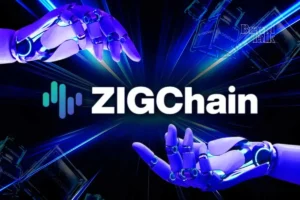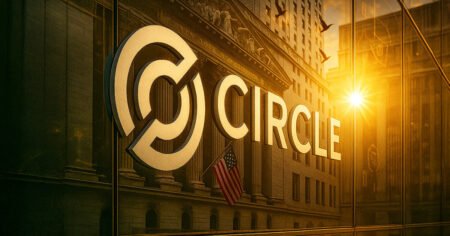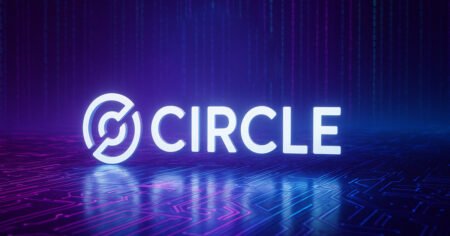Kraken and Crypto.com, two major cryptocurrency exchanges, are developing their own stablecoins in response to the new regulatory framework in the European Union. The Markets in Crypto-Assets (MiCA) regulation, which came into effect in January, imposes stricter compliance measures on stablecoin issuers operating in the EU. Under MiCA, all stablecoins must obtain authorization from an EU-based financial regulator, demonstrate transparency in reserves, maintain stable backing with liquid assets, and comply with consumer protection measures.
This new regulation has already forced non-compliant stablecoins like Tether’s USDT and PayPal’s PYUSD off most exchanges operating in Europe. The European Securities and Markets Authority (ESMA) has set a deadline for exchanges to delist all unauthorized stablecoins by March 2025, putting pressure on issuers to either comply with the new rules or exit the region. In response, Kraken and Crypto.com are developing their own stablecoins to ensure regulatory compliance and operational stability within the EU.
Kraken is reportedly planning to launch a US dollar-backed stablecoin through its Irish subsidiary, allowing it to maintain its European presence without disruption. Crypto.com is also developing its own stablecoin and has secured a MiCA license from Malta’s financial regulator, enabling it to operate across all European Economic Area (EEA) member states. This shift toward in-house stablecoins reflects exchanges’ desire to retain control over their liquidity and transactions, rather than relying on third-party stablecoin issuers that may face legal uncertainty.
MiCA is expected to set a global precedent for stablecoin regulation and may influence policies in other regions, including the US and Asia. The regulation requires stablecoin issuers to hold fully backed reserves in high-quality liquid assets, disclose redemption mechanisms clearly, and obtain direct authorization from an EU member state. It also introduces caps on large-scale stablecoins exceeding €200 million in daily transactions to mitigate systemic risks.
As a result of these requirements, many stablecoin issuers are struggling to meet compliance deadlines. While some, like Circle, have taken steps to align their stablecoins with MiCA, others, including Tether, have yet to finalize regulatory approvals. Exchanges like KuCoin are also positioning themselves within the new regulatory framework, with KuCoin recently applying for a MiCA license in Austria. This reflects a broader trend among major platforms toward regulatory alignment and compliance with the new regulations.

















